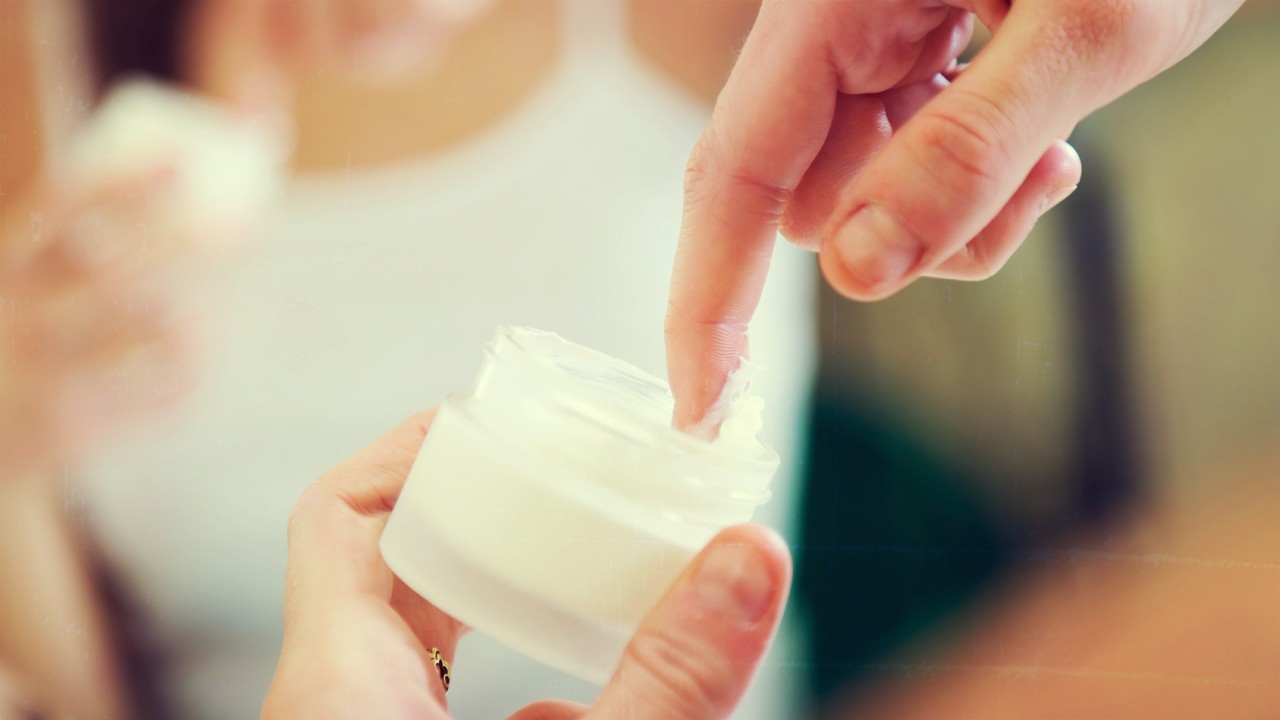As it turns out, tanning beds pose a greater cancer risk than previously believed. The World Health Organization (WHO) this month elevated tanning beds to its highest cancer risk category – "carcinogenic to humans." Tanning beds' classification had previously been, "probably carcinogenic to humans."
The WHO’s decision was based on a comprehensive review of current research, which shows tanning bed use raises the risk of melanoma of the skin by 75 percent when use starts before the age of 30. The WHO also found a link between tanning bed use and risk of melanoma of the eye.
Melanoma accounts for less than 5 percent of skin cancer cases but causes a large majority of skin cancer deaths. The American Cancer Society recommends people avoid tanning beds altogether.
“This new report confirms and extends the prior recommendation that the use of tanning beds is dangerous to your health, and should be avoided," says Len Lichtenfeld, MD, deputy chief medical officer of the American Cancer Society.
"Young women in particular are the heaviest users of tanning beds, and, as noted in the report, are at the greatest risk of causing harm to themselves," said Lichtenfeld. He says the report also puts to rest the argument that tanning with UVA spectrum light is safe.
There is a widespread false belief that a tan acquired using a sun bed or sunlamp will offer good skin protection against sunburn when traveling to a sunny location. I fell for this myth while in high school, which ultimately resulted in second degree burns on my face and upper body and a month-long painful recuperation. I have the lightest skin and as is typical with my skin type, even a light tan after repeated sun bed exposure is unlikely. Instead, our skin type generally suffers sunburn reactions, as I so generously discovered.
The pain and risk was all for nought.
In reality, a tan acquired using a sun bed offers only limited protection against sunburn from solar UV radiation. A good estimate is a sun bed tan offers the same protective effect as using a sunscreen with a sun protection factor (SPF) of only 2 to 3, but with far more pain and scarring.
People with darker skin types can achieve a tan from sun beds, but skin damage occurs following excessive exposure to UV radiation. That’s because any excessive exposure to UV, not just from sun beds, can result in structural damage to human skin. In the short term this damage can be due to burning, fragility and scarring, and in the longer-term as photo ageing, caused by the breakdown of collagen in the skin by exposure to UV radiation and manifesting itself as the skin thins, wrinkles and loses elasticity.
The effects of UV on the eye include cataracts, pterygium (a white colored growth over the cornea) and inflammation of the eye. Furthermore, excessive UV exposure can suppress the immune system, possibly leading to a greater risk of infectious diseases.
The World Health Organization and American Cancer Society have more information on sun bed usage, skin cancer prevention and diagnosis.
Azsunshinegirl, aka Lynette Summerill, is an award-winning journalist who lives in Scottsdale. In addition to writing about cancer-related issues, she writes a blog, Nonsmoking Nation, which follows global tobacco news and events.





Add a Comment5 Comments
Q.
Are Tanning Beds A Fast Track to Skin Cancer?
A.
December 22, 2009 - 8:17amYes.
This Comment
Thanks for your comments Susan and Rosa. For anyone who would like to learn how to use self-tanning products without streaks or unnatural dark spots, there are two how-to videos on youtube at:
September 22, 2009 - 8:53amhttp://www.youtube.com/watch?v=YB3fN9uL3pY AND http://www.youtube.com/watch?v=5OOMz_t2O. Enjoy.
This Comment
Thanks for sharing this. I have never been able to lay in a tanning bed (mentally, I truly believe it will cause horrible damage to my skin) I have a friend who always stands in the spray machine-- which I think is a lot safer than the tanning beds or sitting out in the sun without protection. I can only hope that they get rid of these tanning beds once and for all-- they do nothing but harm the skin and leave people looking burnt instead of healthy.
September 21, 2009 - 6:06amThis Comment
You also did not suffer a third degree burn. A third degree is a deep tissue burn that destroys nerve endings. (Second degree causes blisters on the skin and first degree is the most common superficial burn). Your credibility is all for naught.
September 20, 2009 - 8:06amThis Comment
The pain and risk was all for *naught*.
September 15, 2009 - 10:35amThis Comment